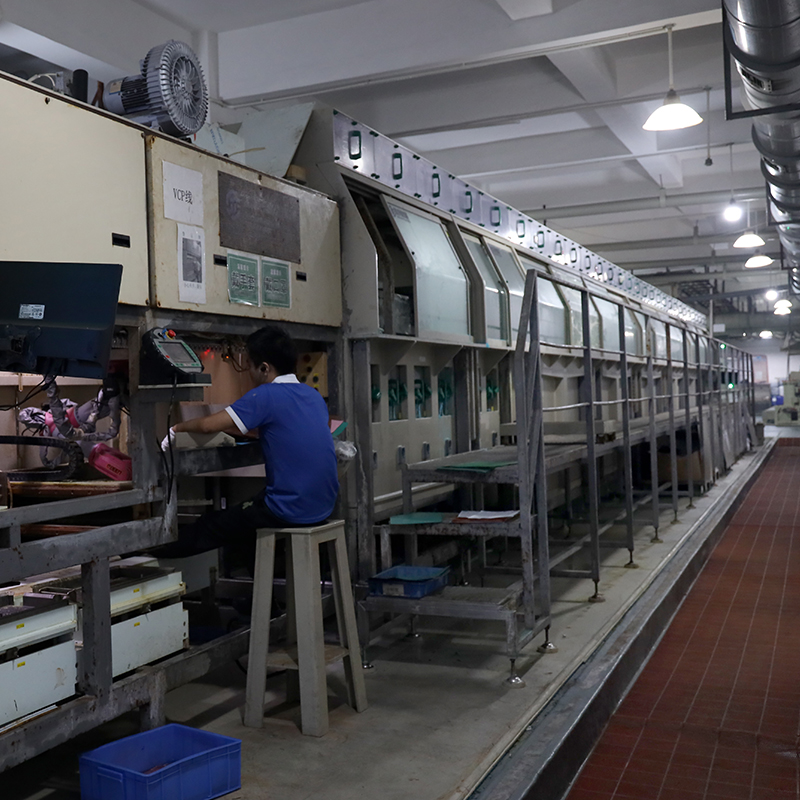When it comes to the manufacture of flexible printed circuit boards (PCBs), an important aspect that often comes to mind is cost. Flexible PCBs are popular for their ability to bend, twist and fold to fit a variety of electronic devices that require unconventional shapes. However, their unique design and manufacturing process may affect the overall cost. In this article, we’ll take an in-depth look at the factors that determine flexible PCB manufacturing costs and explore ways to optimize that expense.
Before we delve into cost analysis, it is important to understand the components and assembly methods involved in flex PCB manufacturing. Flexible printed circuit boards usually consist of a thin layer of polyimide or polyester film as the substrate. This flexible film allows the PCB to be easily bent or folded. Copper traces are etched into the film, connecting the different components and enabling the flow of electrical signals. The final step is to assemble the electronic components onto the flexible PCB, which is usually done using Surface Mount Technology (SMT) or Through Hole Technology (THT).
Now, let’s take a look at the factors that affect the cost of flexible PCB manufacturing:
1. Design complexity: The complexity of flex PCB design plays an important role in determining the manufacturing cost. Complex designs with multiple layers, thin line widths, and tight spacing requirements often require advanced manufacturing techniques and more time-consuming processes, increasing costs.
2. Materials used: The choice of materials directly affects the manufacturing cost. High-quality materials, such as polyimide films with excellent thermal and mechanical properties, tend to be more expensive. The thickness of the flex film and copper plating also affects the overall cost.
3. Quantity: The quantity of flexible PCB required affects the manufacturing cost. In general, higher volumes create economies of scale, which lowers unit costs. Manufacturers often offer price breaks for large orders.
4. Prototype vs mass production: The processes and costs involved in prototyping of flexible PCBs are different from mass production. Prototyping allows for design verification and testing; however, it often incurs additional tooling and installation expenses, making the cost per unit relatively high.
5. Assembly process: The selected assembly process, whether it is SMT or THT, will affect the overall cost. SMT assembly is faster and more automated, making it a cost-effective option for high-volume production. THT assembly, while slower, may be necessary for some components and generally incurs higher labor costs.
To optimize flex PCB manufacturing costs, consider the following strategies:
1. Design simplification: Reduces design complexity by minimizing layer count and using larger trace widths and spacing, helping to reduce manufacturing costs. It is important to strike a balance between functionality and cost efficiency.
2. Material Selection: Work closely with your manufacturer to select the most suitable material for your specific application, ensuring a balance between performance and cost. Exploring alternative material options can help optimize costs.
3. Yield Planning: Assess your project requirements and plan your flex PCB production volume accordingly. Avoid overproduction or underproduction to take advantage of economies of scale and reduce unit costs.
4. Collaboration with manufacturers: Involving manufacturers early in the design phase enables them to provide valuable insights on cost optimization. They can advise on design modifications, material selection and assembly methods to reduce expenses while maintaining functionality.
5. Simplify the assembly process: Choosing the appropriate assembly process based on project requirements can have a significant impact on cost. Evaluate whether SMT or THT is a better fit for your design and volume requirements.
In conclusion, flexible PCB manufacturing cost is affected by factors such as design complexity, materials used, quantity, prototype vs. mass production, and the selected assembly process. By simplifying the design, choosing the right material, planning the proper volume, working with the manufacturer, and simplifying the assembly process, one can optimize the cost without compromising the quality of the flex PCB. Remember, striking the right balance between cost and functionality is key when it comes to flex PCB manufacturing.
Post time: Sep-02-2023
Back







